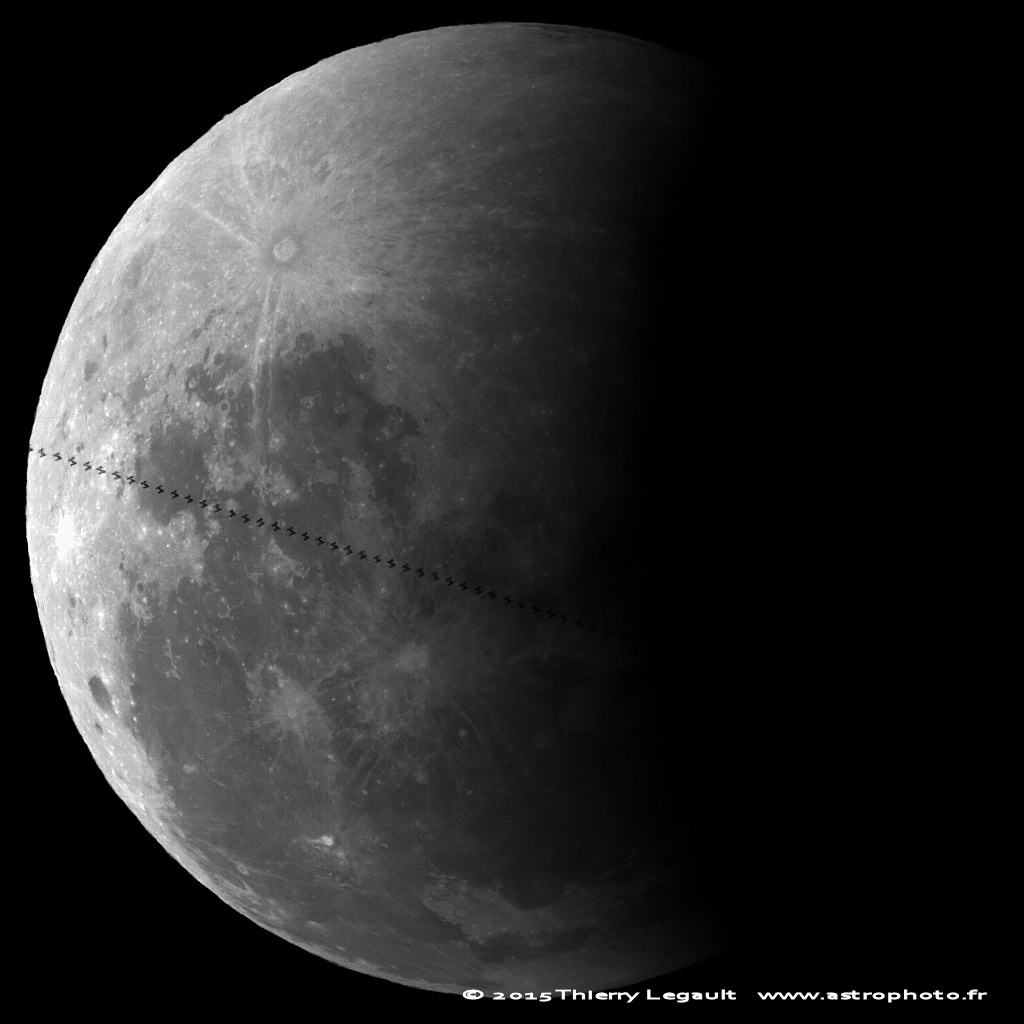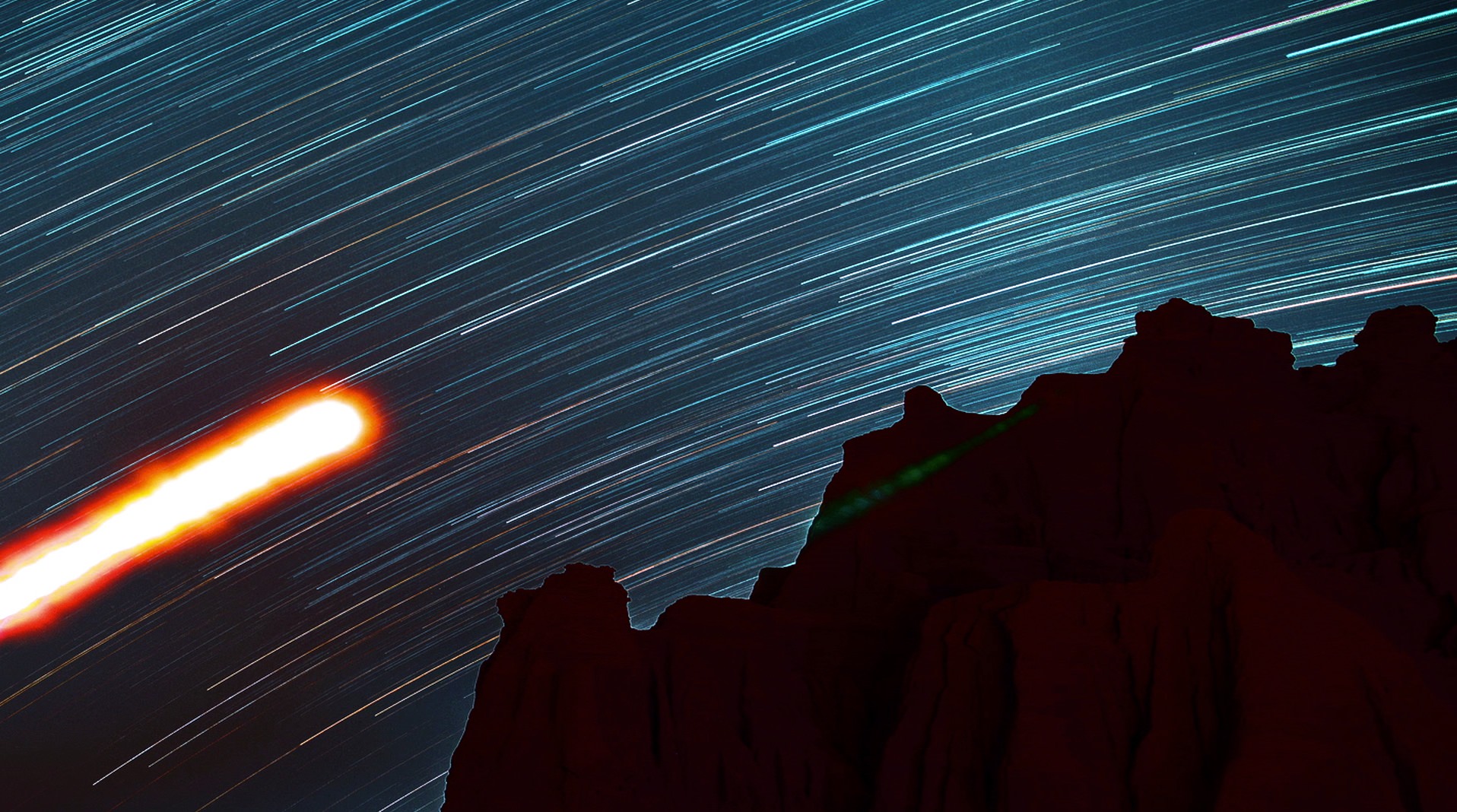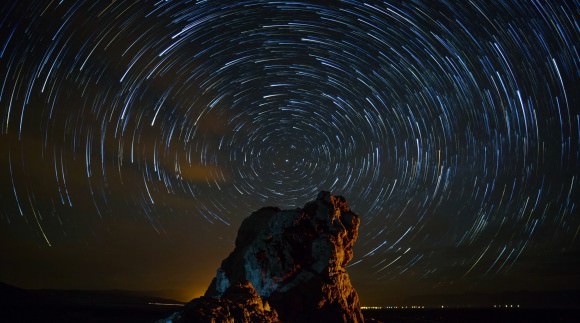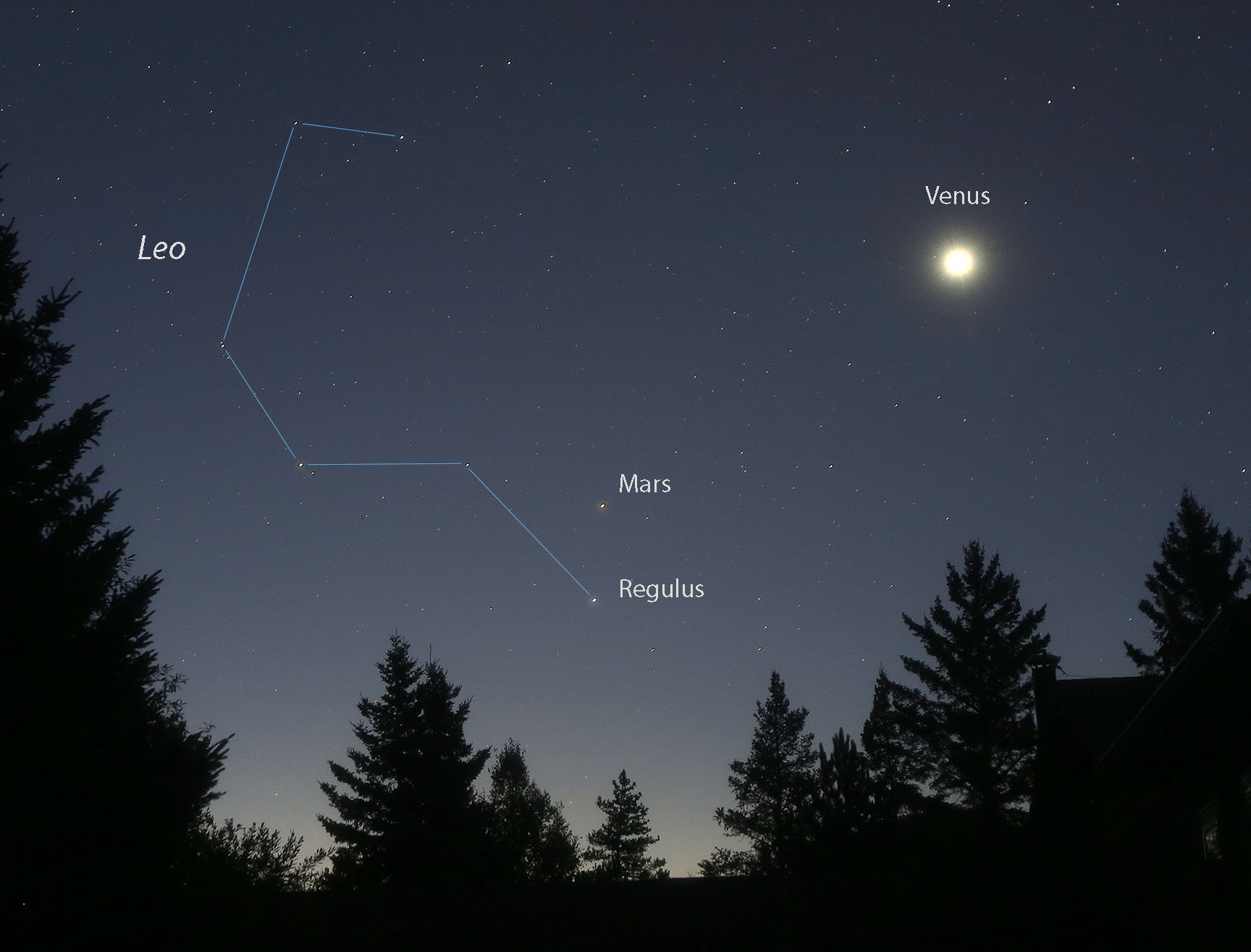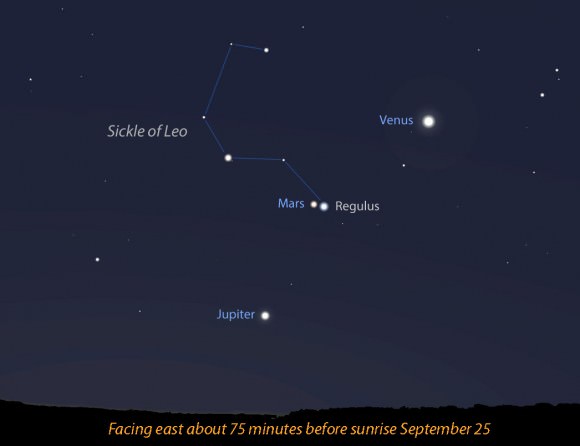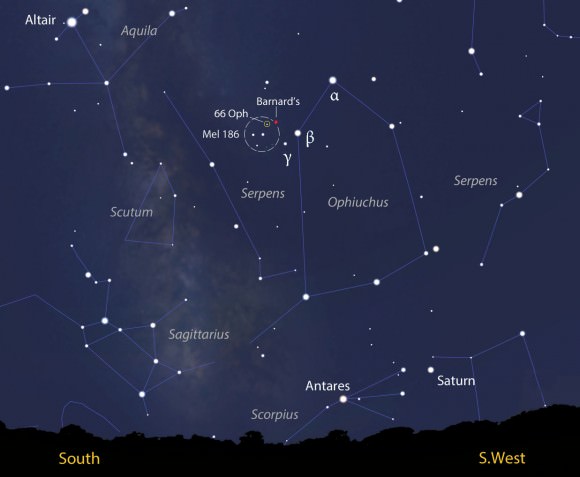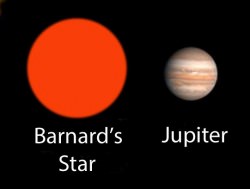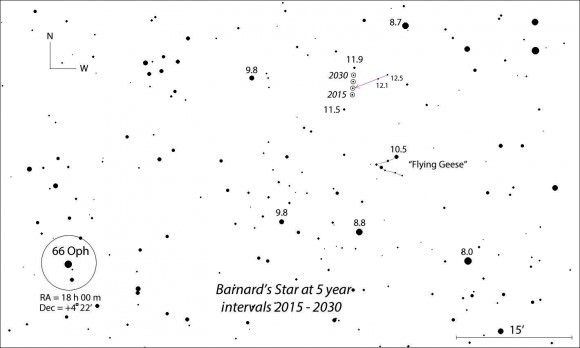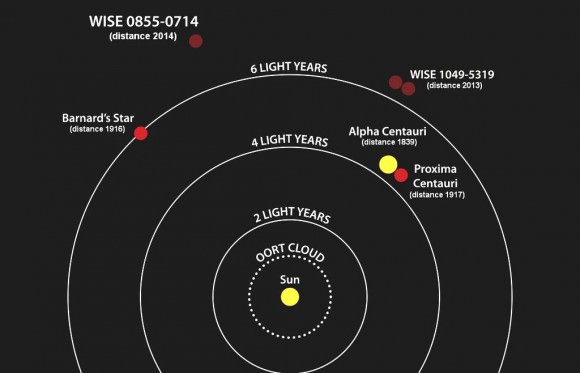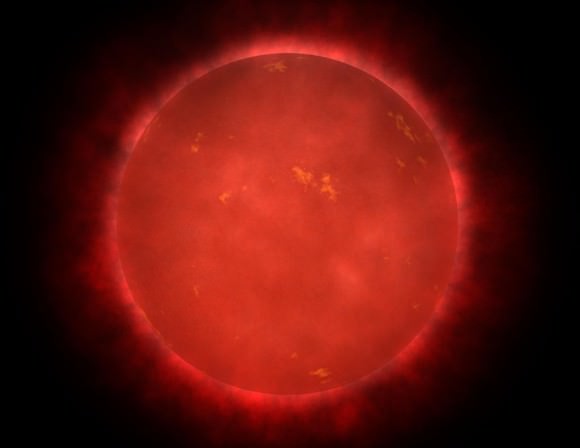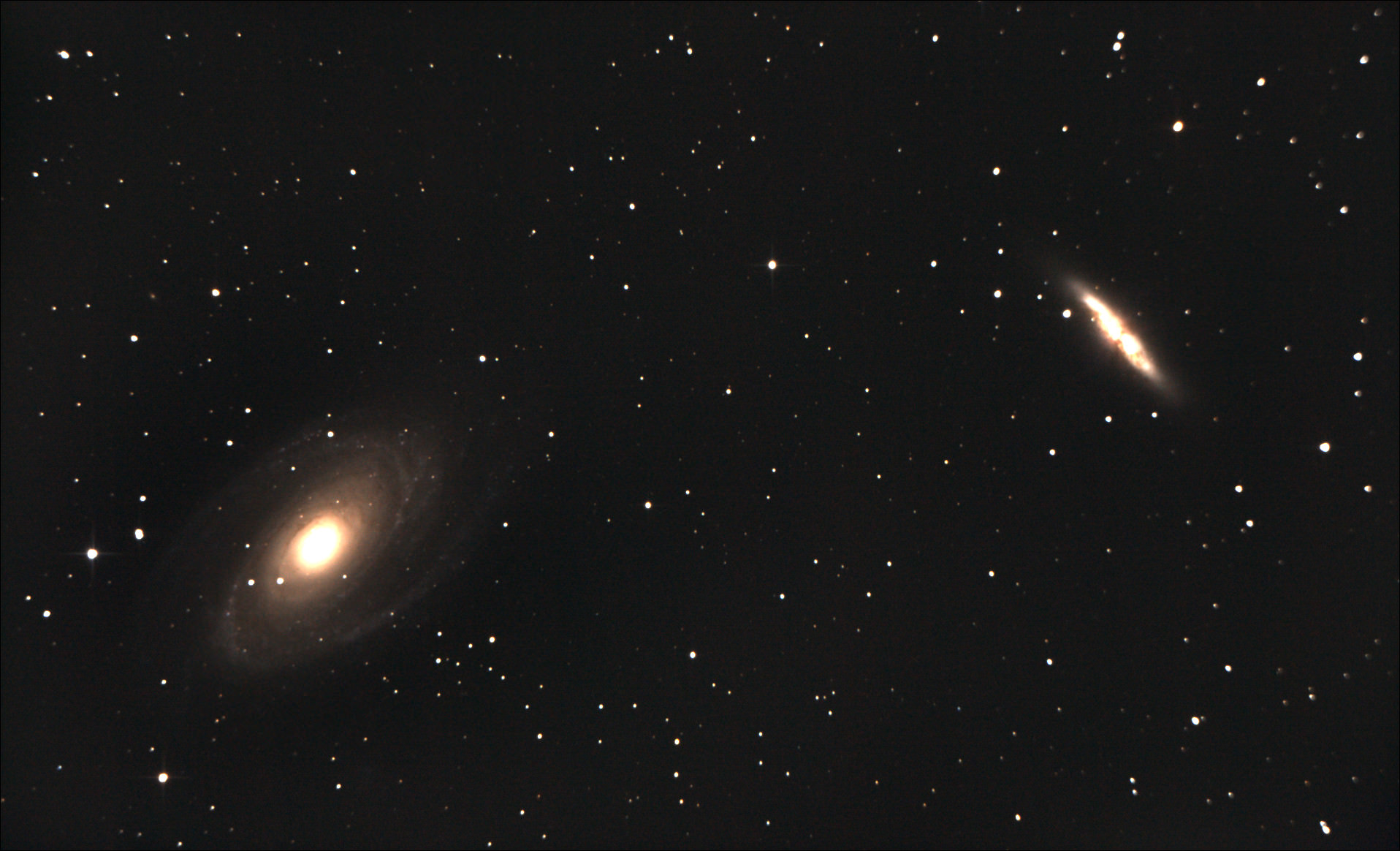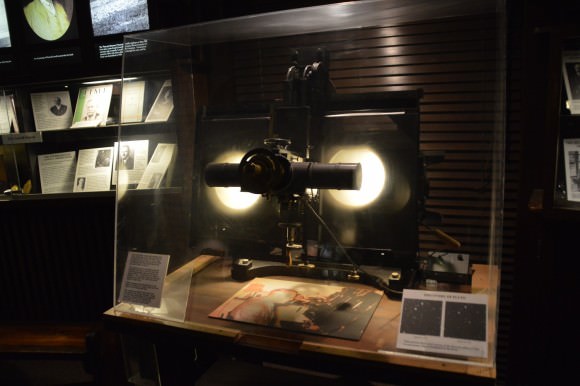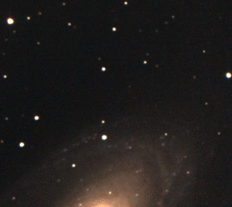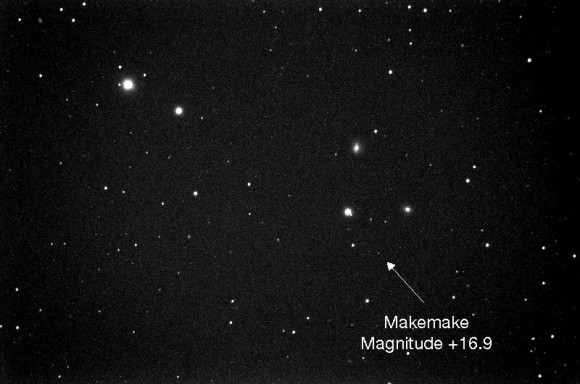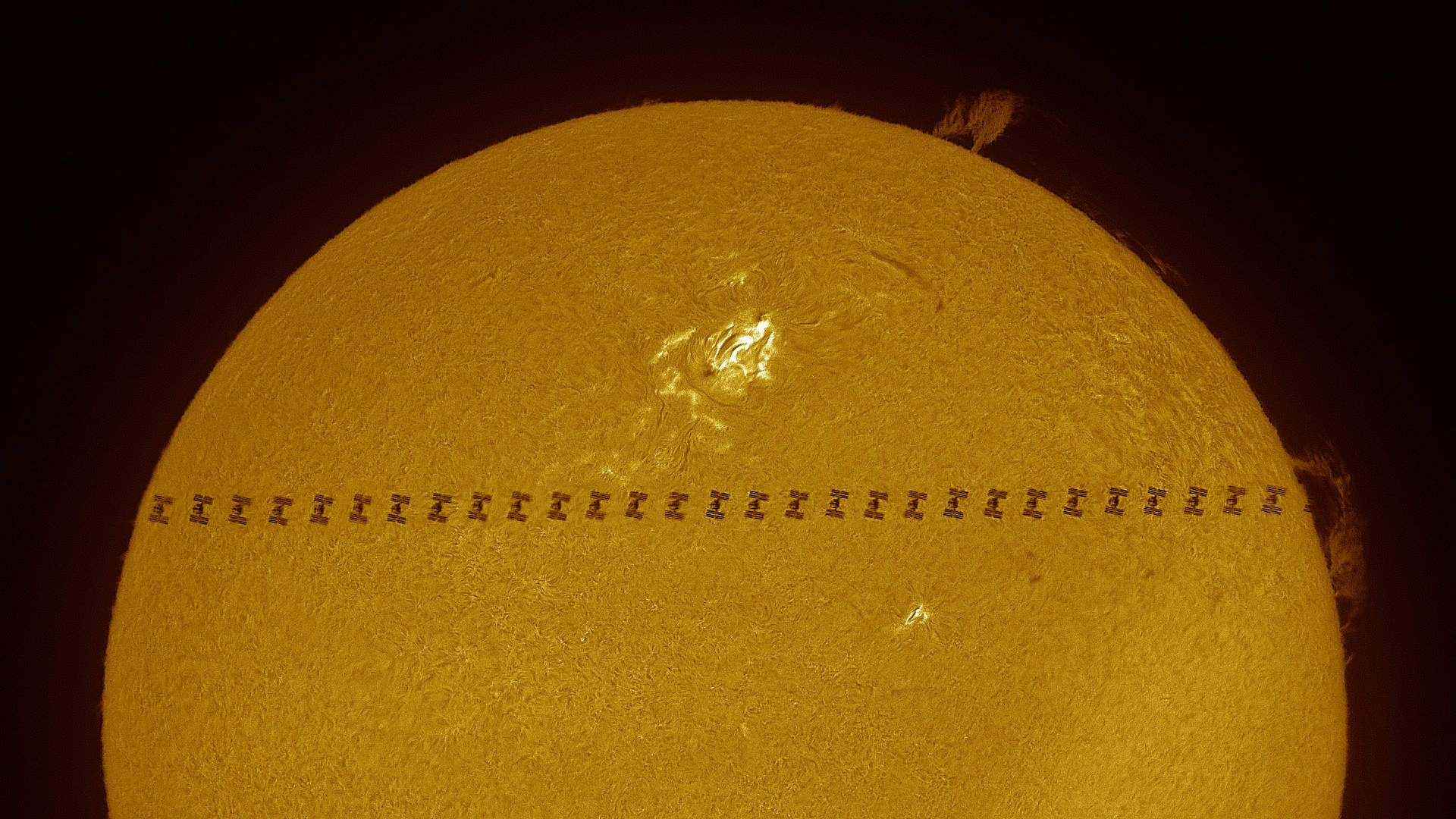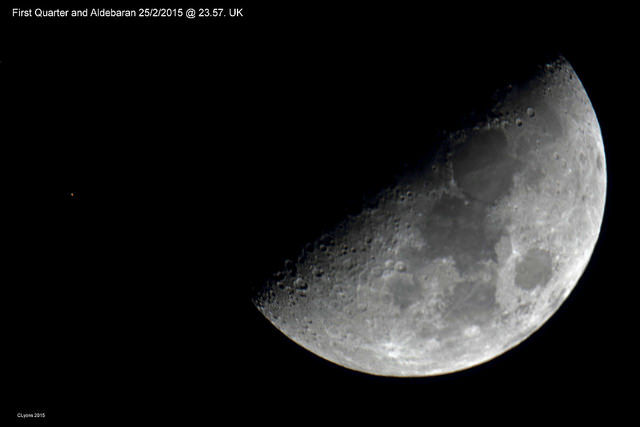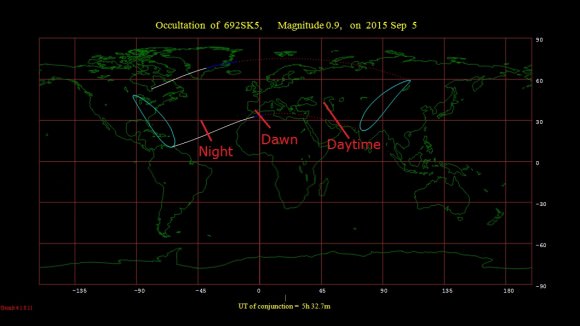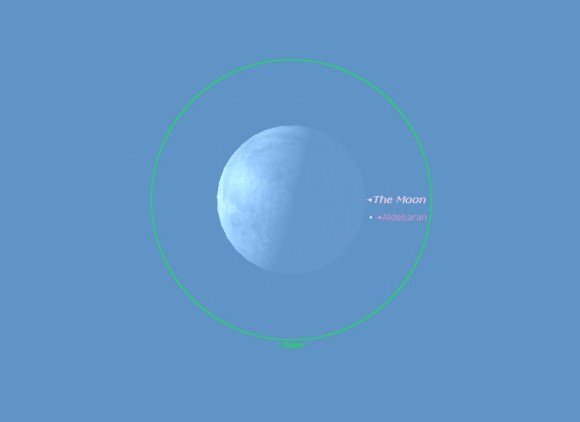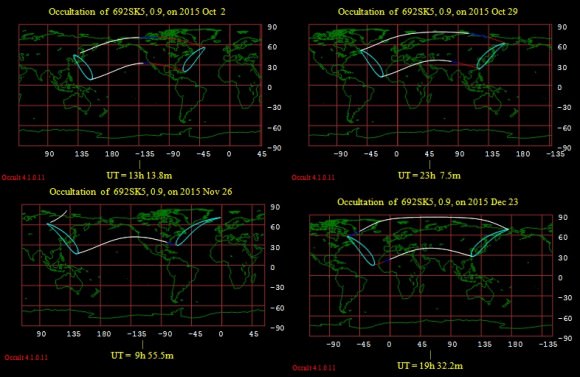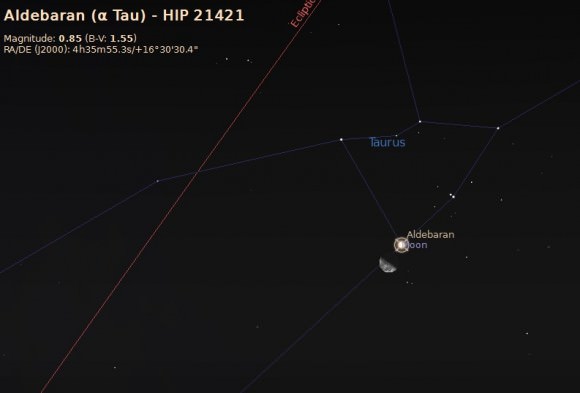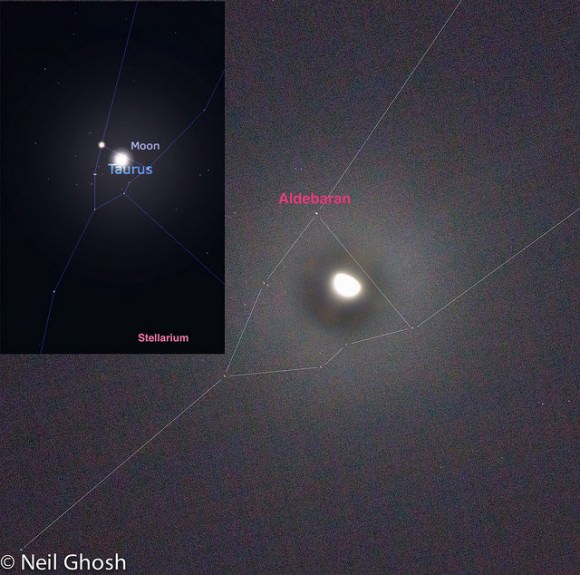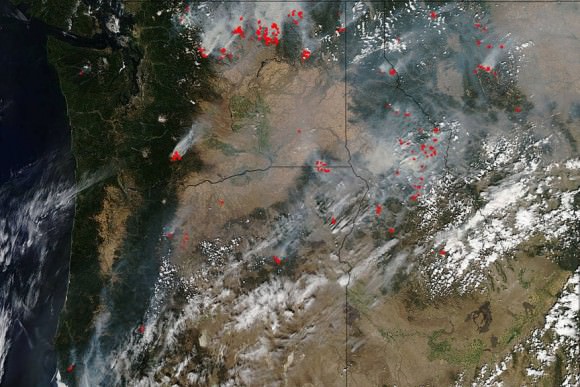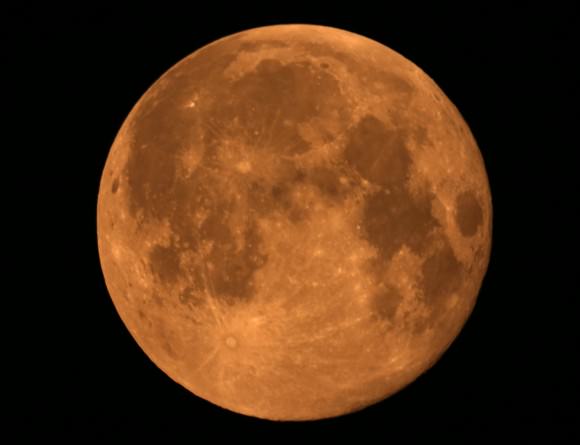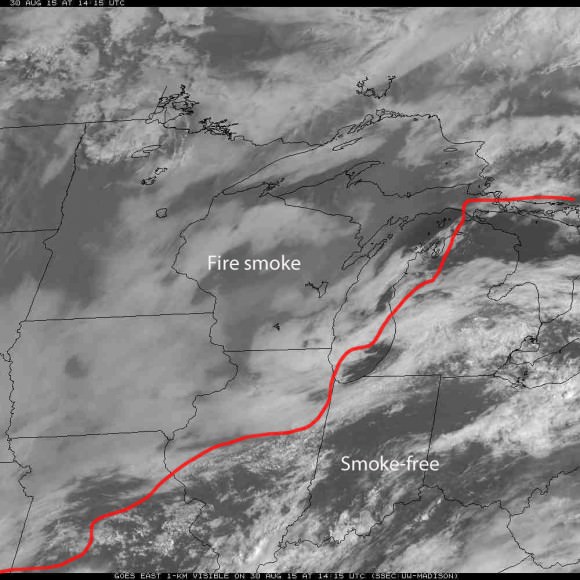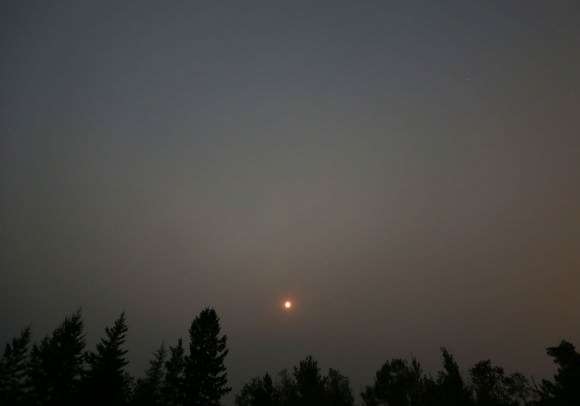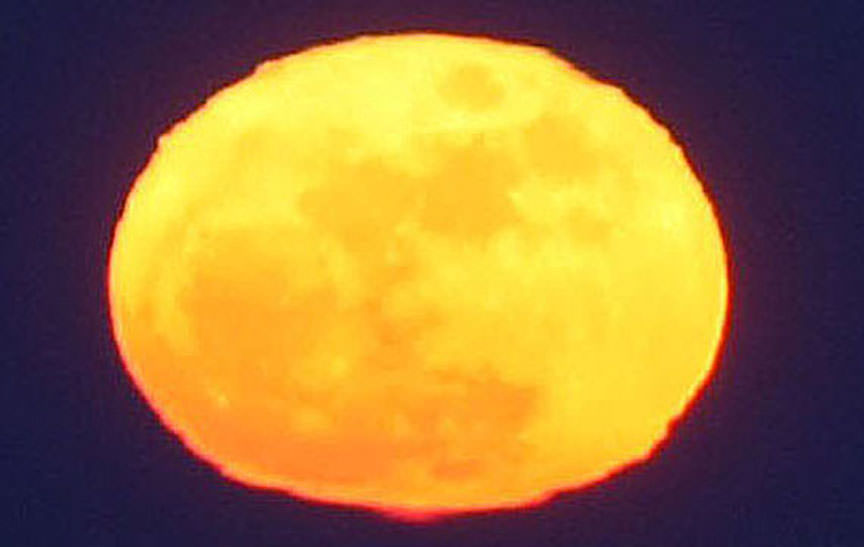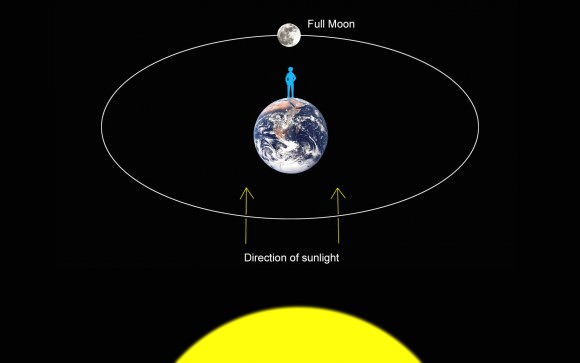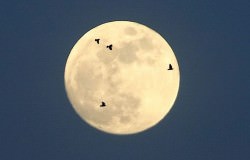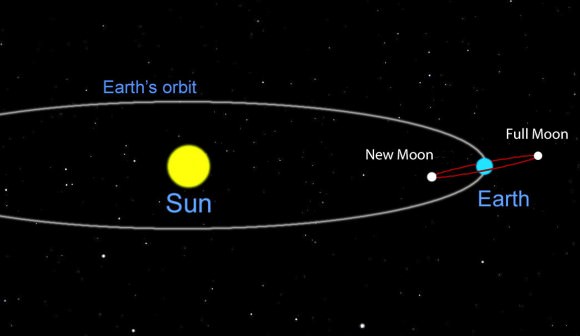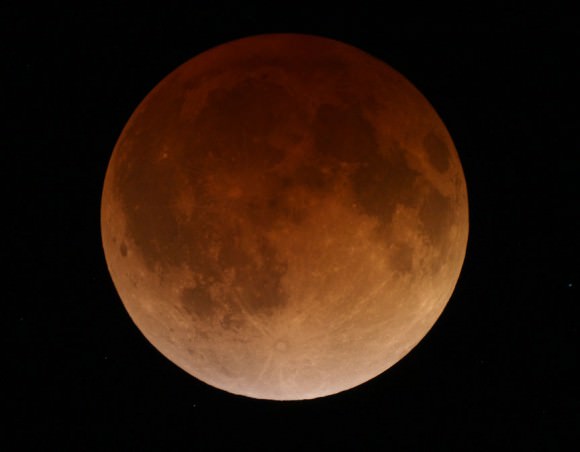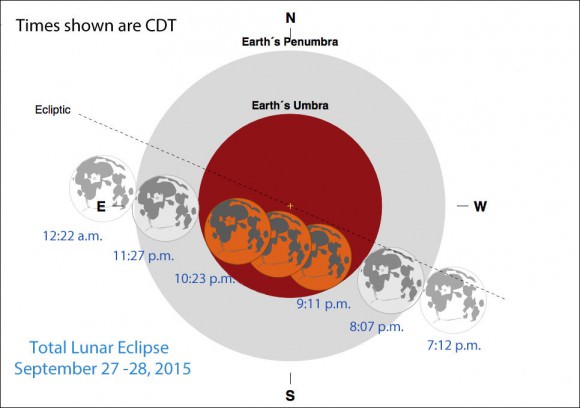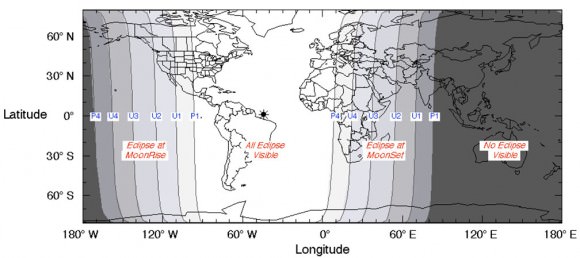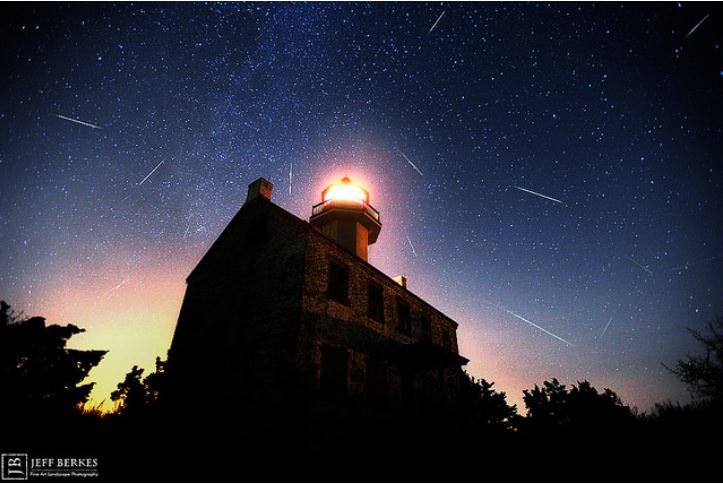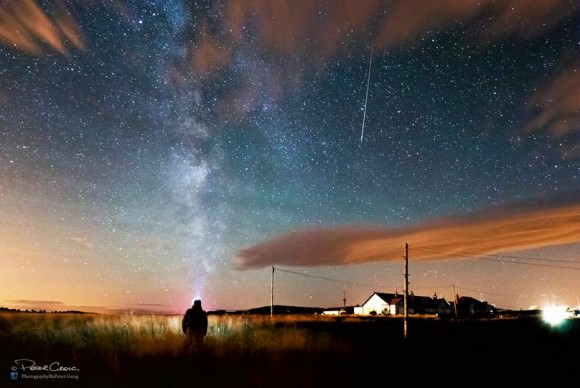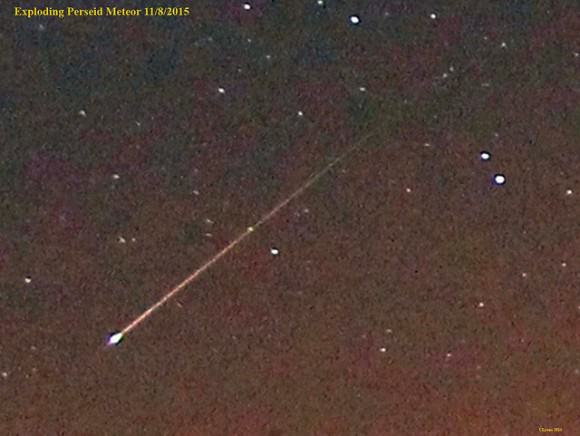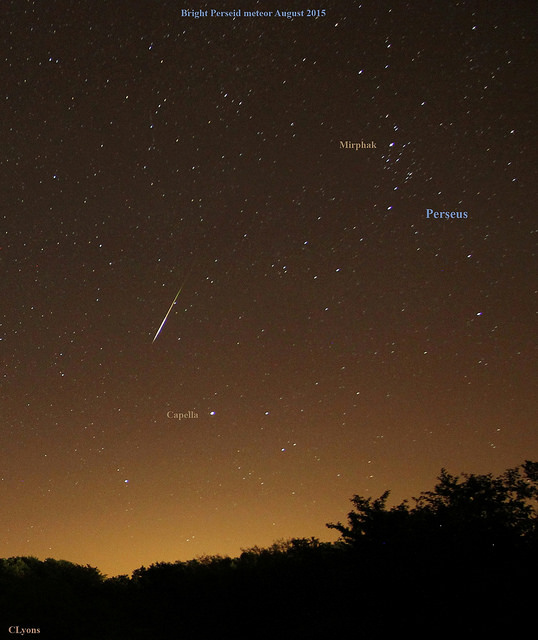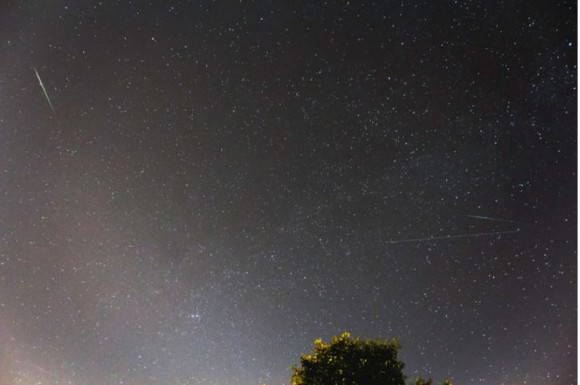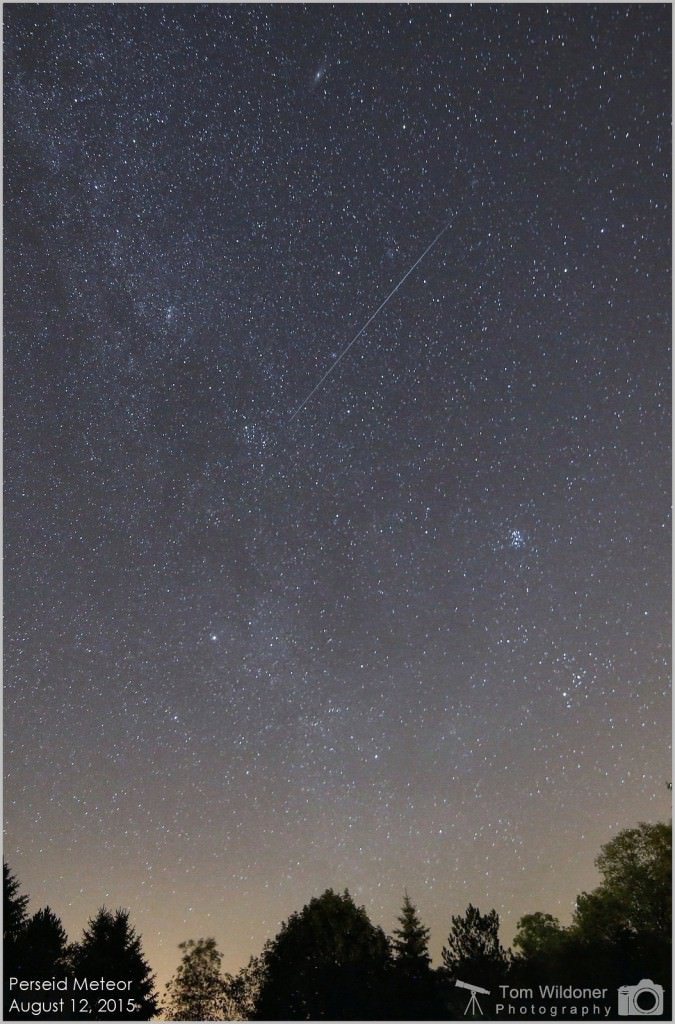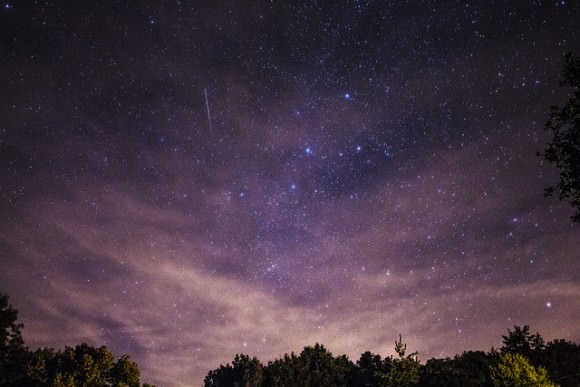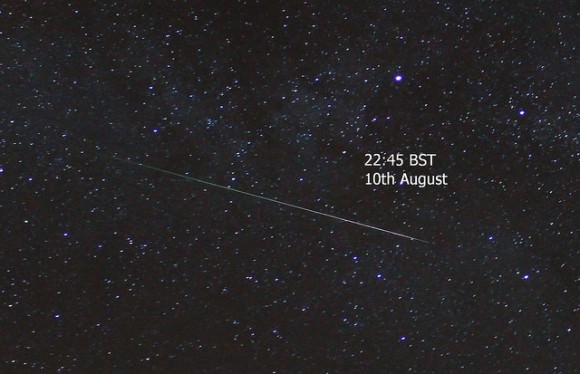To our knowledge, this is the first time anyone has ever photographed a transit of the International Space Station of the Moon DURING a lunar eclipse. And guess who did it?
Not surprisingly, it was the legendary astrophotographer Thierry Legault.
Usually, Thierry will travel up to thousands of miles to capture unique events like this, but this time, he only had to go 10 miles!
“Even if I caught a cold, I could not miss it,” Thierry told Universe Today in an email. “The Moon was very low on the horizon, only 16 degrees, so the seeing was not very good, but at least the sky was clear.”
Still, a stunning — and singularly unique — view of the “Super Blood Moon” eclipse!
See the video below:
It was a quick pass, with the ISS transit duration lasting a total of 1.7 seconds. Thierry uses CalSky to calculate where he needs to be to best capture an event like this, then studies maps, and has a radio synchronized watch to know very accurately when the transit event will happen.
In a previous article on Universe Today, Legault shared how he figures out the best places to travel to from his home near Paris to get the absolute best shots:
“For transits I have to calculate the place, and considering the width of the visibility path is usually between 5-10 kilometers, but I have to be close to the center of this path,” Legault explained, “because if I am at the edge, it is just like an eclipse where the transit is shorter and shorter. And the edge of visibility line of the transit lasts very short. So the precision of where I have to be is within one kilometer.”
Here’s the specs: ISS Speed: 25000 km/h (15500 mph). ISS Distance: 1100 km; Moon distance: 357,000 km (320x).
You can see other imagery from around the world of the lunar eclipse here, with images taken by Universe Today readers and staff.
Earlier this year, Thierry captured an ISS transit during the March 20, 2015 SOLAR eclipse, which you can see here.
Universe Today’s David Dickinson said he’s been trying to steer people towards trying to capture an ISS transit during a lunar eclipse for quite some time, and concurred that Thierry’s feat is a first. Dave made a video earlier this year to explain how people might photograph it during the April 2015 lunar eclipse, but unfortunately, no astrophotographers had any luck.
Thanks again to Thierry Legault for sharing his incredible work with Universe Today. Check out his website for additional imagery and information.
You can also see some of Legault’s beautiful and sometimes ground-breaking astrophotography here on Universe Today, such as images of the space shuttle or International Space Station crossing the Sun or Moon, or views of spy satellites in orbit.
If you want to try and master the art of astrophotography, you can learn from Legault by reading his book, “Astrophotography,” which is available on Amazon in a large format book or as a Kindle edition for those who might like to have a lit version while out in the field. It is also available at book retailers like Barnes and Noble and Shop Indie bookstores, or from the publisher, Rocky Nook, here.

